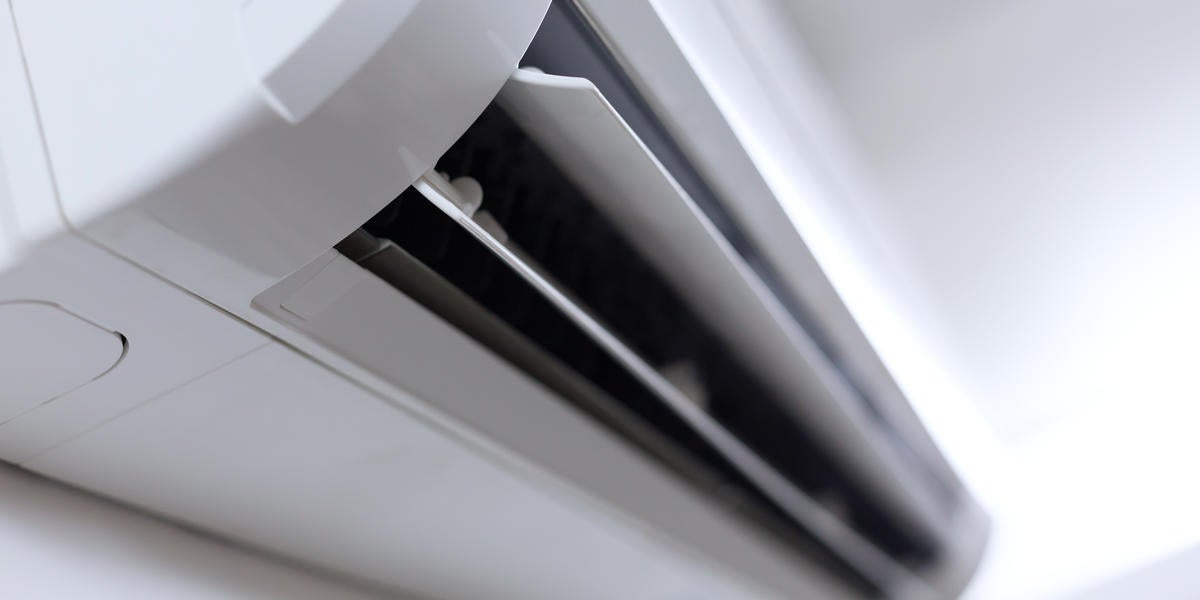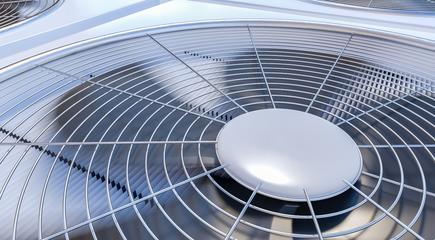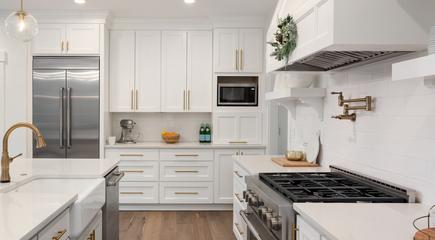DOE Analyzes Energy Conservation Standards for Room Air Conditioners

On August 5, the U.S. Department of Energy (DOE) held a public meeting and webinar on the appliance standard for room air conditioners (ACs). The DOE presented a preliminary analysis with various assessments.
Market & Technology Assessment
The first step in the preliminary analysis was a market and technology assessment to characterize the industry, identify efficiency programs both mandatory and voluntary, collect data on shipments, and examine technologies for improving efficiency.
The DOE divided room ACs into 18 product classes based on factors such as cooling capacity and window type. Regarding technologies with the potential to improve energy efficiency, the DOE examined eight categories:
- Increased heat transfer surface area
- Increased heat transfer coefficient
- Component improvements
- Alternative refrigerants
- Improved installation, insulation, and airflow
- Part-load performance, including variable-speed compressors, drive fans, and blowers
- Standby power improvements
- Other
The DOE screened out air and water economizers as well as suction line heat exchangers due to chassis size and weight increases.
Engineering Analysis
For the engineering analysis, the DOE evaluated design options to improve efficiency, weighing manufacturer production cost (MPC) vs. efficiency gains to generate cost-efficiency curves. From product teardowns, the DOE determined six design features with the potential to increase efficiency:
- Increased heat exchanger area
- Condenser coil sub-coolers
- Improved blower motor efficiency
- Improved compressor efficiency
- Variable-speed compressors
- Low standby power electronic controls
| Level | CEER (BTU/Wh) |
| Baseline | 10.9 |
| 1 | 11.4 |
| 2 | 12.0 |
| 3 | 13.9 |
| 4 | 17.9 |
The DOE set efficiency levels (ELs) based on market characteristics and technological feasibility, establishing an efficiency baseline at the current DOE standard plus four ELs (EL1, EL2, EL3, and EL4) having successively higher CEER (BTU/Wh) numbers. The example shown is for Product Class 3.
The DOE set EL2 to be the ENERGY STAR® qualification criterion, and EL4 to represent the maximum technologically feasible level.
Manufacturer Impact Analysis
In parallel with the engineering analysis, the DOE performed a preliminary manufacturer impact analysis to examine possible effects on direct employment, product competition, and manufacturing capacity. The methodology included analyses of industry cash flow and net present value as well as manufacturer interviews.

Informing the life-cycle cost and payback period, the Markups Analysis determined consumer prices based on MPC, while the Energy Use Analysis established distributions of annual energy use representative of U.S. residential and commercial consumers. The annual energy use calculation consisted of both cooling mode and standby mode consumption.
The Life-Cycle Cost (LCC) and Payback Period (PBP) Analysis and Shipments Analysis determined the final National Impact Analysis. Both LCC, the total consumer cost over the product lifetime, and PBP, the time required to recover the purchase price increase through reduced cost of operation, gave the perspective from an end user. The DOE then projected shipments with the adoption of potential energy efficiency standards vs. the case with no new standards. For all product classes, no relative market impact was expected for EL1, EL2, and EL3 vs. no new standards, and a slight impact to shipments was expected for EL4.
Developing Standard Levels
Based on all of these analyses, the DOE is looking to develop trial standard levels from which impacts are considered, and a proposed standard level can then be selected. As part of the upcoming rulemaking stage, there are more analyses to be conducted, including those for emissions monetization, utility impact, employment impact, and regulatory impact. Non-regulatory instruments such as rebates and tax credits will also be explored as an alternative to new mandatory energy conservation standards.





